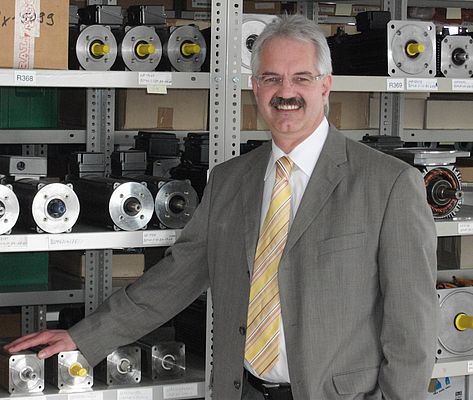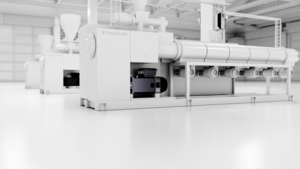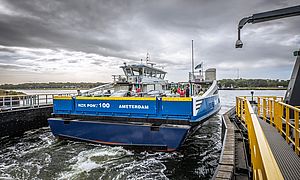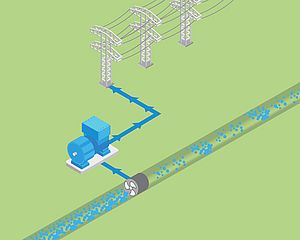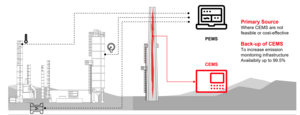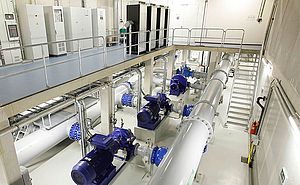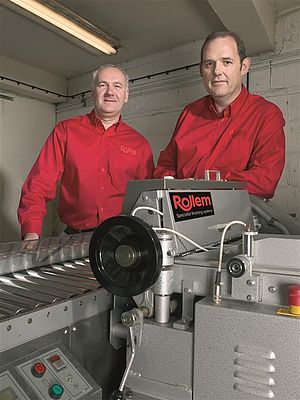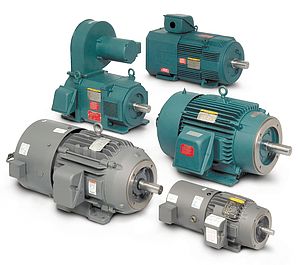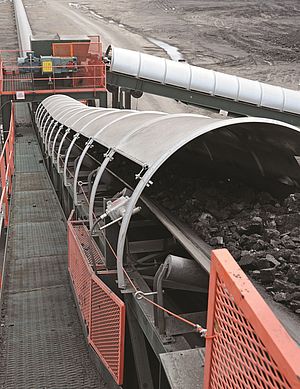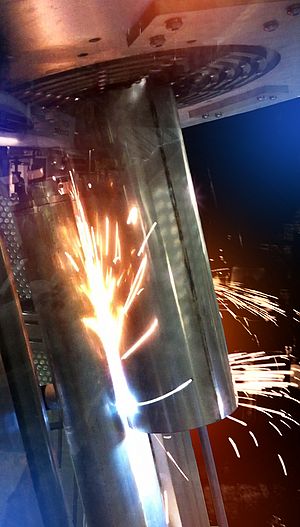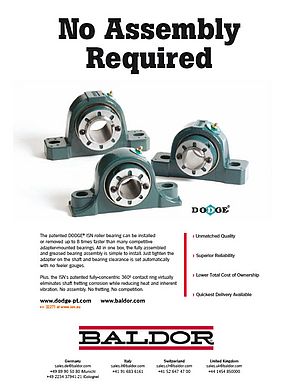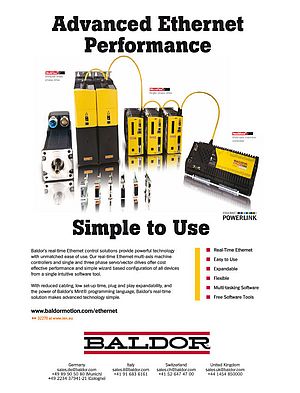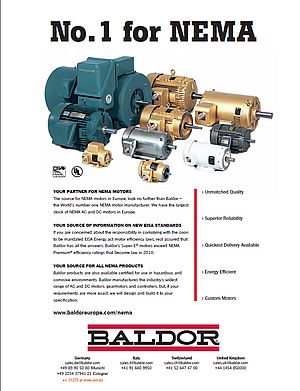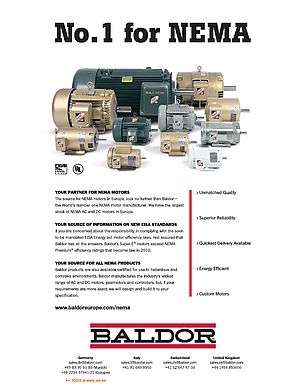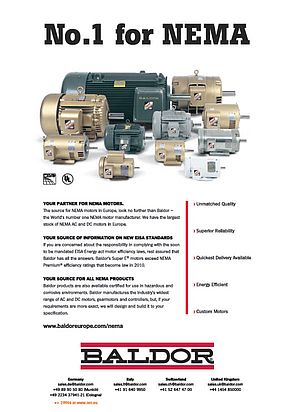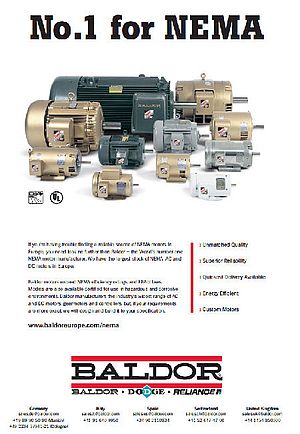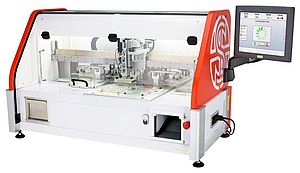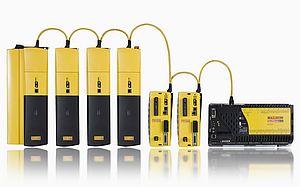IEN: Commenting on the first quarter 2010, your CEO John McFarland stated that “business improved…and will continue to improve”, and expects Q2 to be 8-12% higher than 2009. Which industries recovered fastest, and what are the best-sellers?
Schlosser: In Europe, the industries recovering most rapidly are automation, automotive, electronics, oil and gas, and air handling. Traditionally, Baldor is strong here in automation and servos/motion-control, and industrial motors for the oil and gas sector. Our mechanical products are well known in the air handling and food and beverage sectors. Due to increased economic activity, the best selling products for us are all flavours of motion control, housed bearings, and NEMA motors for Europe's machinery exporters - a market stimulated by the USA's new EISA efficiency demands.
IEN: Is this recovery worldwide, or do you see regional differences?
Schlosser: We definitely see differences. The UK, Germany, Switzerland, Italy, Scandinavia and France are exceeding expectations. Greece and Spain are lagging, due to general problems in the countries.
IEN: Which industries will take longer to recover?
Schlosser: Again, for Europe, it seems that sectors like steel, pharma and mining are coming back more slowly - especially steel which was overheated before the economic crisis.
IEN: A big issue for the production industry is the energy saving potential of electric motors and drives, e.g. with frequency inverters. What are Baldor's solutions?
Schlosser: Baldor takes a more fundamental approach to achieving higher levels of energy efficiency than many of our European competitors, because of our heritage and because we are so strong in North American markets. There is no getting away from the fact that Europe has lagged behind in pushing industry standards towards higher efficiency levels, and It's fairly common today to see 'high efficiency solutions' for common applications that are created by combining a less efficient motor, with a variable speed drive (which itself introduces losses). Europe's new IE3 minimum efficiency standard that will become mandatory in 2015 has been available in Baldor's range for a very long time already in both NEMA and IEC designs - as it is effectively the same as 'NEMA Premium'. Baldor has actually had motors similar to these, dating back to the 1980s.
IEN: What's happening in motion control?
Schlosser: This market started to come alive again for us starting in January 2010, and it's rebounded very strongly indeed. Although there are one or two sectors in Europe that have not got back to 2008 levels - e.g. CNC controls - others such as electronics manufacturing, automotive and energy have all recovered and in many cases grown substantially. In a majority of sectors, markets are now the strongest they have been for the last four years. One obvious technical trend is towards the use of high performance networked control: in fact the recession had negligible effect on sales of our industrial Ethernet compatible motion range. It's clear that many customers continued to upgrade machinery and automation designs to this control architecture standard during the downturn, because of the new flexibility and level of performance.
IEN: What are the major innovations in Baldor’s mechanical power transmission lines?
Schlosser: In the industrial mounted bearings market, Baldor-Dodge has a patented 'easy-on, easy-off' system to simplify installation and maintenance. It's an adapter mounted bearing with a built-in 'push/pull' mechanism to assemble or disassemble. This eliminates the need for trained labour, and feeler gauges, and makes maintenance quick and predictable. The system is compatible with imperial and metric dimension bearings, and a range of housing styles such as pillow blocks, flange-mounting, and take-up frames. Bearings for food and beverage machinery is another speciality. We recently extended our established EZ Kleen range with a ball bearing called Ultra Kleen. It has a 100% stainless steel bearing insert, plus a patented sealing system and ball retainer that retain lubrication and prevent washout in wet operating environments. It recently won 'gold' in the power transmission product of the year awards category from a prestigious US magazine.
IEN: Where do you see the main trends?
Schlosser: A significant trend In power transmission is the desire of OEMs to differentiate machines. There are always buyers looking for the lowest cost. But increasingly, machine builders are looking for components to help make equipment stand out from the competition - with improved lifecycles, reliability, productivity, etc. OEMs will pay more for a bearing if it's possible to demonstrate a tangible advantage that they can sell on, and which widens the 'quality gap' between them and competition from low-cost economies. This really suits us as most of Baldor-Dodge's range provides advantages over 'commodity' products. Providing 'value' to customers is in Baldor's DNA - we even have a mathematical formula for it!
On the electrical side, we see a big expansion in use of IE3 motors. A lot of R&D is focused on extending the motor types and ratings that will meet these minimum efficiencies. The demands of the US market are a big influence of course, but this has only positive consequences for our European customers. This is because, to make the point again, the US is pushing so hard. Many readers will be familiar with the US's 'EISA' minimum efficiencies that come into force soon. By helping European clients switch to EISA motors, we are in the unusual position of seeing our advice help OEMs to see the advantages more clearly for their home markets and assist customers in reducing carbon emissions.
Another trend is much greater focus on the system - helping users understand the importance of considering the motor system as a whole - including power transmission - and sizing motors more carefully. One pioneering example is a motor and drive combination Baldor designed for cooling tower fans in buildings. It uses a permanent magnet motor with an adjustable speed drive, and a direct drive arrangement to the fan that eliminates a gearbox and right angle coupling. One OEM is already talking about efficiency gains of around 13% - a big leap forward when you consider the scale and number of buildings that employ this form of HVAC. In fact it increases efficiency by over 50% on applications where a two-speed motor was used.
Frank Schlosser was interviewed by Jürgen Wirtz, editor of IEN Europe
Facts & Figures
Founded: in 1920, but Baldor’s Dodge and Reliance brands have been available for over 100 years
Employees: Over 7000
Headquarters: Fort Smith, Arkansas, USA 26 plants in the US, Canada, UK, Mexico, China, European subsidiaries and offices in Germany, UK, Italy, Switzerland Sales 2009: $1.52 bn (net earnings $59.8 m)
Main Products: electric motors, drives, generators, power transmission, motion control


